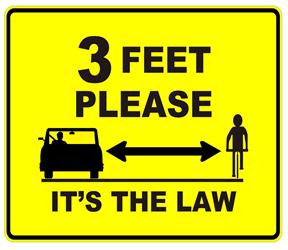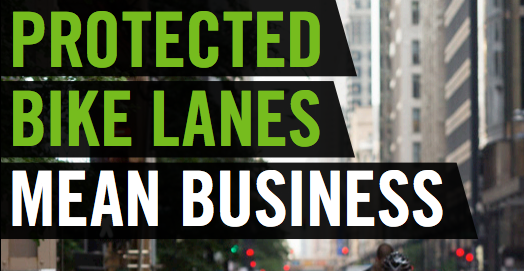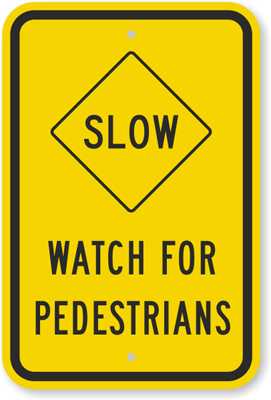If you’ve been injured while on a bicycle, you want a bicycle accident attorney who rides, too. We’ve spent over a decade representing cyclists and motorcyclists who’ve been injured. It’s simple, really. In my office, we ride, so we know what it’s like out there and we know how to tackle issues that are unique to two-wheeled collisions.
The number of cyclists in California increases each year, and with this increase comes an increase in collisions both with other vehicles and single bicycle collisions caused by roadway defects. While some public entities have tried to evaluate increased safety measures to decrease conflicts between cyclists and other modes of transportation, by and large these efforts have not gone far enough. We advocate on behalf of cyclists (because remember, we ride, too!) for increased efforts in safety by sponsoring local bicycle coalitions, attending City hearings, and helping to educate the public on ways to reduce the number of bicycle accidents in California.
There are a lot of personal injury lawyers, but my firm is different. At Rahman Law, we guide you through the legal process and we listen; we get to know you and we fight for your rights. I have successfully litigated hundreds of cases and I am skilled at getting cases settled. I am devoted to taking on insurance companies and big corporations to get injured people the compensation the law says they are entitled to. I’ve been a lawyer in San Francisco for 17 years and now am also part of the central coast community with a second law office in Paso Robles bringing the resources of a big city law firm to you. Rahman Law PC handles personal injury cases on a contingency fee basis; you don’t pay attorneys’ fees unless we get a monetary recovery for you. If you’ve been injured, call someone who truly cares and get a free consultation with Rahman Law at rahmanlawsf.com.




